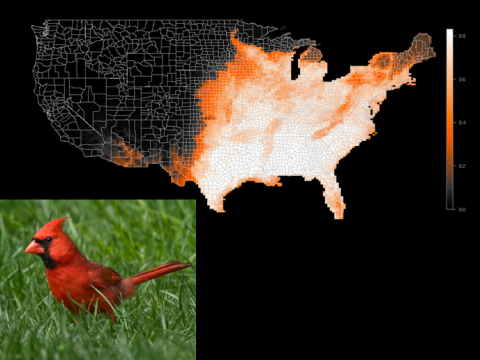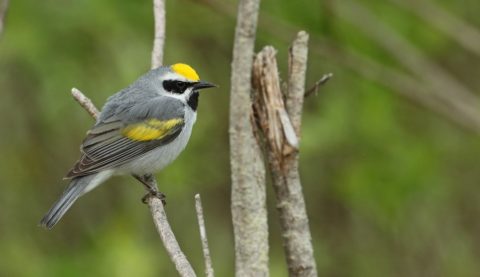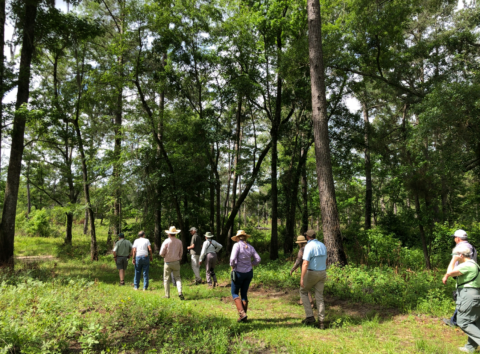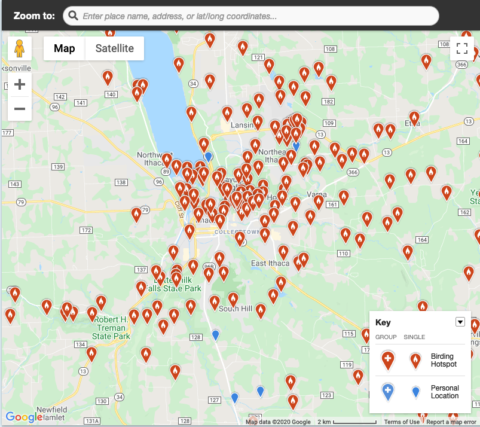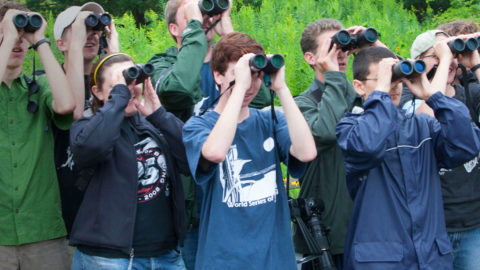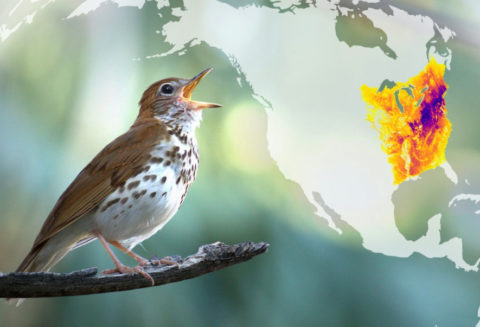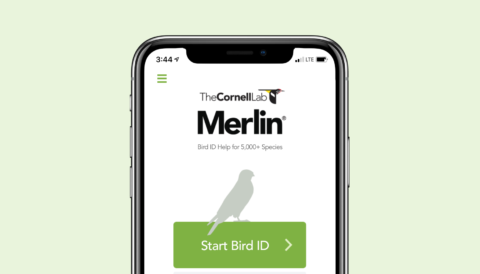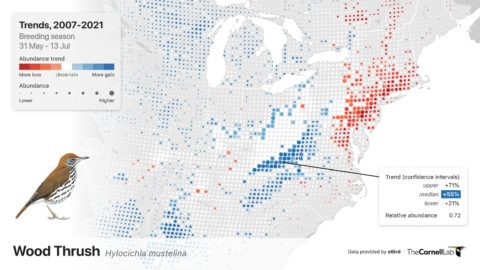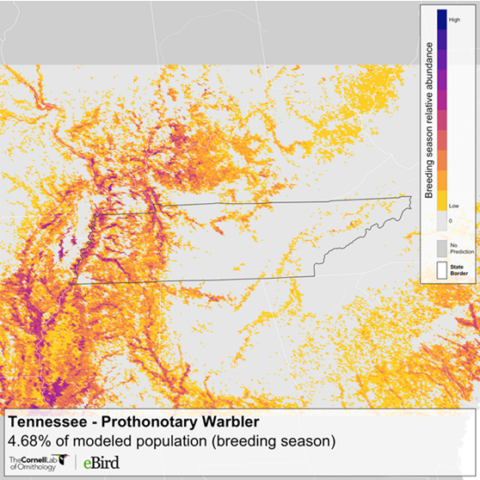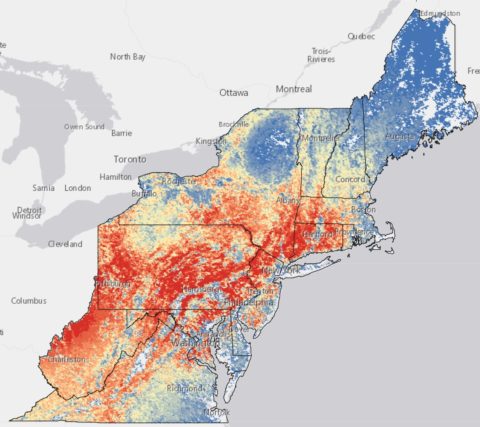How to Use eBird
Getting Started Step-by-Step
1. Create a free account
To save your bird observations in eBird, you’ll need to create a free Cornell Lab account. This account works across Cornell Lab projects including Merlin Bird ID, Bird Academy, Project Feederwatch, and the Great Backyard Bird Count. If you already have an account for these other projects, you can use it for eBird, too! No need to create a separate account.
2. Take the eBird Essentials Course
eBird Essentials is a free, self-paced course that will walk you step-by-step through eBird’s most popular features.

3. Submit birding checklists
There are two main ways to share your bird observations with eBird: submit them through the eBird.org website, or with the free eBird Mobile app.

eBird Checklist Basics:
Whether you submit bird observations on eBird.org or eBird Mobile, every checklist should include:
- Where you went birding (a single map location)
- When you went birding (a single calendar date)
- How you went birding (an observation type)
- Which birds you observed and how many individuals (counting tips)
4. Explore sightings anywhere
eBird is a powerful resource for finding target species and discovering new places to go birding. Visit our Explore eBird Data info page for more information about these and other ways to discover birds.
Regional portals and collaborators – In addition to the core eBird site there are several regional portals managed by local partners that provide local information and birding expertise. When visiting a region or planning a visit to that region, we encourage you to check these sites. These applications are fully integrated so when you enter records into eBird, they immediately show up in each portal (and vice versa).

5. Follow eBird Best Practices
eBird gathers bird observations around the world and makes them available to researchers, educators, and conservationists working to understand and conserve birds. Your eBird observations can power cutting-edge science like eBird’s status and trend maps.
Read our eBird Rules and Best Practices for a better understanding of these concepts and more.
6. See How Land Trusts are Using eBird
For ideas on how eBird can help advance land trust conservation goals, community outreach efforts, and overall capacity, visit Land Trusts Using eBird or Land Trust Success Stories from our Small Grant Program.
Visit the eBird FAQ page for any outstanding questions you may have.



